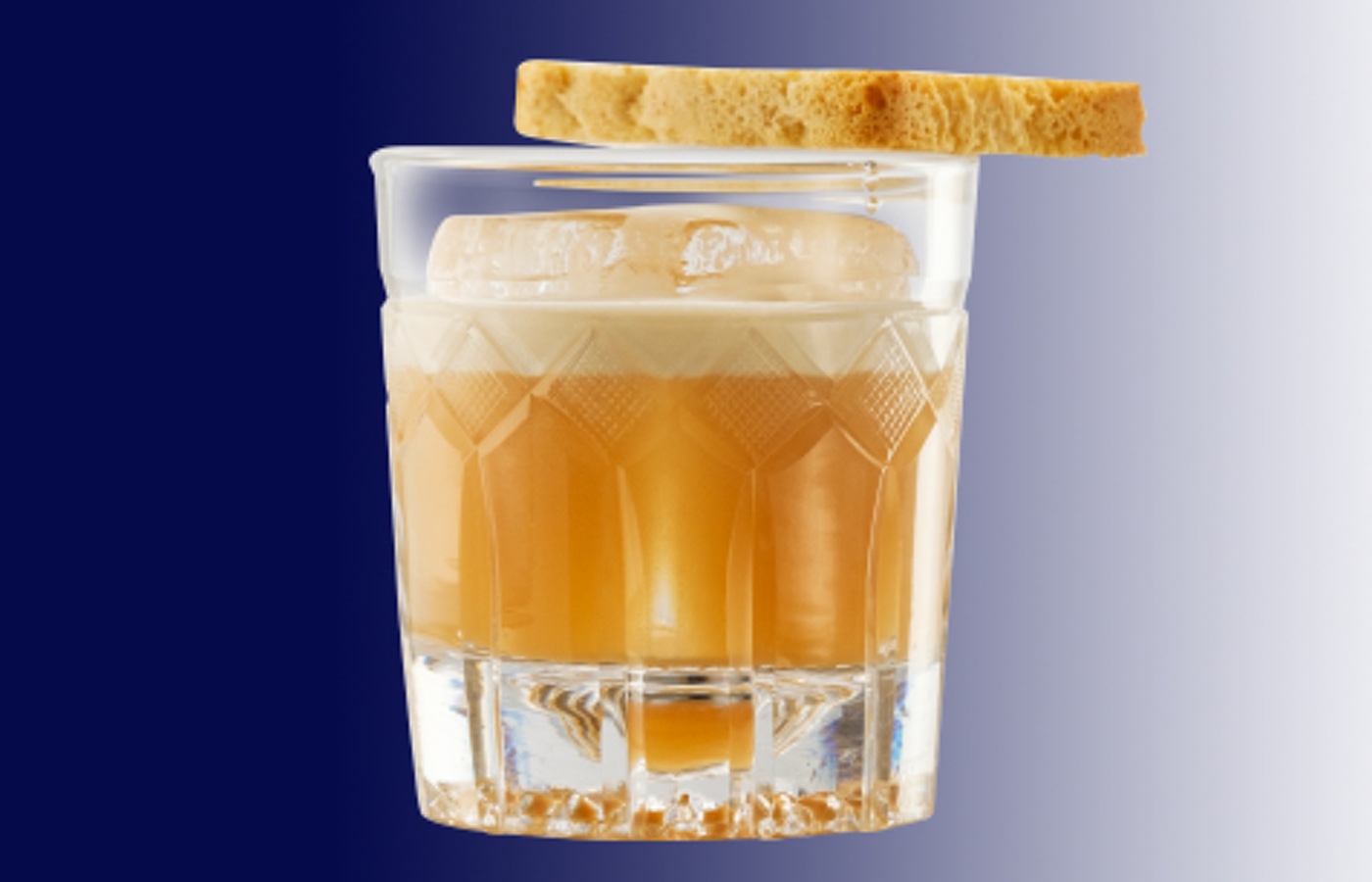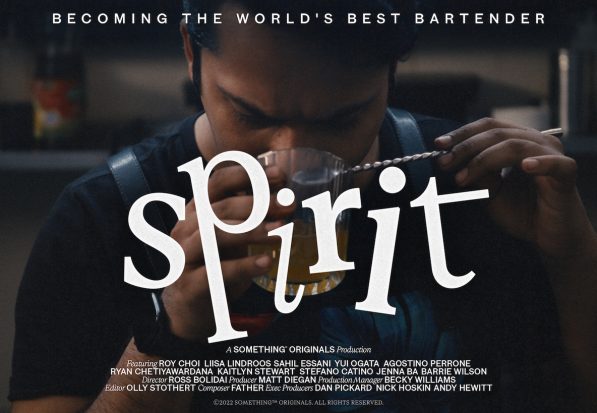While it was touted to be one of the biggest trends in cocktails this year, sustainability has unfortunately taken a bit of a back seat among shutdowns, stay-at-home orders and curfews. But while sustainability may have spent most of this year in the proverbial dugout, that doesn’t mean it’s out of the game.
Later this month, veteran Hong Kong bartenders Agung Prabowo and Roman Ghale will open the city’s first zero-waste venue, Penicillin. Best known for their 50 Best Bars award-winning venues The Old Man Hong King & The Old Man Singapore, their new venture will be the first Hong Kong bar to boast a closed-loop model of production.
Now while Penicillin may bring sustainability back into the headlines, bars like London’s Scout have long championed a more conscientious approach to drinks for a while. They, and brands like Bombay Sapphire, have consciously sought solutions with local sourcing, reuse-ability and food waste reduction.
“At Scout, we focus on minimal waste to ensure a conscious sustainable operation that shouts from the rooftop how incredible the produce from the British Isles is,” said co-owner, Rich Woods. “It is why we work with brands such as Bombay Sapphire, which also have strong sustainability credentials.”
Yet as the pandemic has forced more people to construct and drink their cocktails at home, Woods wants to ensure that sustainability is very much on the minds of home bartenders as well. He believes that far from being difficult, sustainability has the potential to not only make your drinks taste better but also make you a better ‘bartender’.
Woods explains that approaching each drink as a chef would do, is very much the way forward. He believes that each element of a drink should be viewed for its flavour and subsequently manipulated to enhance that. “We live in a world where society has been taught over generations, that you discard produce when it starts to turn or is passed its best,” he explains.
“Ironically, the flavour is often as its peak at this point. With every ingredient, I ask if we’ve really gotten the best out of it or if we can push more and deliver a better product that uses more of the ingredient – including its often discarded parts, such as the seeds, skins, husks and stems etc.”
Now while Scout may work with foragers, farmers and growers alike, to create unforgettable inventive drinks that not only celebrate great British produce and devise house ferments that minimise waste food, Wood explains that creating sustainable cocktails doesn’t need to be complicated.
“Not all cocktails are complicated,” said Woods, “some of the most simple recipes are the most popular, for example, a gin and tonic. At Scout, our G n T is super simple, delicious and easy to recreate at home. It combines Bombay Sapphire gin, cut grass, tomato vine, clarified tomato and tonic wat
He suggests that using leftovers from baking and cooking as cocktail garnishes and ingredient is a simple way that people can start to create a sustainable practice at home. Eggshells, once cleaned, can we blended and added to water, with a tiny amount of sugar to create a natural source of Co2 to carbonate the water and thereby make your own soda.
Additionally, the dried grains from scraped out used coffee pods can be infused to make your own coffee liqueur. And the water from tinned legumes such as chickpeas or butter beans can be a suitable and VEGAN alternative to using egg whites in a sour-style cocktail. (Although Wood is quick to warn that coloured beans such as kidney, will just end up giving a browny-red look to any drink).
“The most obvious and simplest things are with the shells/skins of fruit or veg. Lime or lemon husks can be cleaned and made into a delicious cordial or syrup. The lemons can go into making your own Limoncello,” he suggests.
“Washed and cleaned beetroot skins can go into making a beetroot and chocolate liqueur (using either cacao nibs or husks) and you can make a shrub using the tops of veg such as carrots. Even banana skins – which, when left to sit in sugar in a container wrapped in cling film, will sweat and leach the juices. Creating a tropical, banana oleo.”
And Woods believes that these are practices that you can continue easily, even once things return to normal. “Once you get into a routine with sustainability, you realise how simple and rewarding it can be,” he said.
“There will always be degrees to how sustainable you can be but the important first step is being conscious of the little things that can make a difference. Knowing what ingredients to save, how to order the right amount and type of food – once those foundations are built the rest will come easy.”
As Woods points out, individual efforts can really make a huge difference in the larger scheme. “If everyone took one ingredient they use on a regular basis and found a new way to incorporate in their daily life – imagine the reduction in waste we would have,” he said
So even if you can’t get to Scout or Penicillin for that matter, Wood hopes that people will take sustainability seriously and always think before recklessly discarding. “Consider what you are doing and how your waste might otherwise be used,” he said. “Don’t over buy. Try infusing or making your own liqueurs or spirits, rather than buying. Make your own jams, marmalade or chutney’s using leftovers.“
Below is a recipe from Bombay Sapphire that’s worth trying at home.
The Royal Toast
An exciting sustainable recipe for the at-home cocktail enthusiast, this drink works best with a homemade syrup/cordial which is both simple to make and delicious. Using the whole pineapple means this serve really is zero waste, with the resulting by-products used to maximise taste.
Ingredients
- 25 ml BOMBAY SAPPHIRE® gin
- 25 ml Pineapple Cordial (see simple recipe below)
- 25 ml MARTINI® FIERO vermouth
Instructions
Combine all ingredients. Shake and strain into glass. Garnish with a corner of toast with jam
Pineapple cordial is made using the core and the skin of the pineapple: Cut the top, bottom and skin off the pineapple. Slice the pineapple into 2-inch cuts. Grill the pineapple slices for 5 mins or so, turning regularly. Cut the cooked pineapple into chunks. Separately make a 1:1 sugar syrup on a low heat using 250g sugar: 250ml of water. Combine the hot syrup and pineapple chunks in a mason jar or sealed container. Leave to infuse for 24-48 hours. Strain the syrup through a tea strainer, bottle the syrup and use within 3-5 days.
Top Tip – make the leftover skins into a tasty Tepache. This probiotic gut-friendly refreshment is sweet, sour and lightly effervescent.












